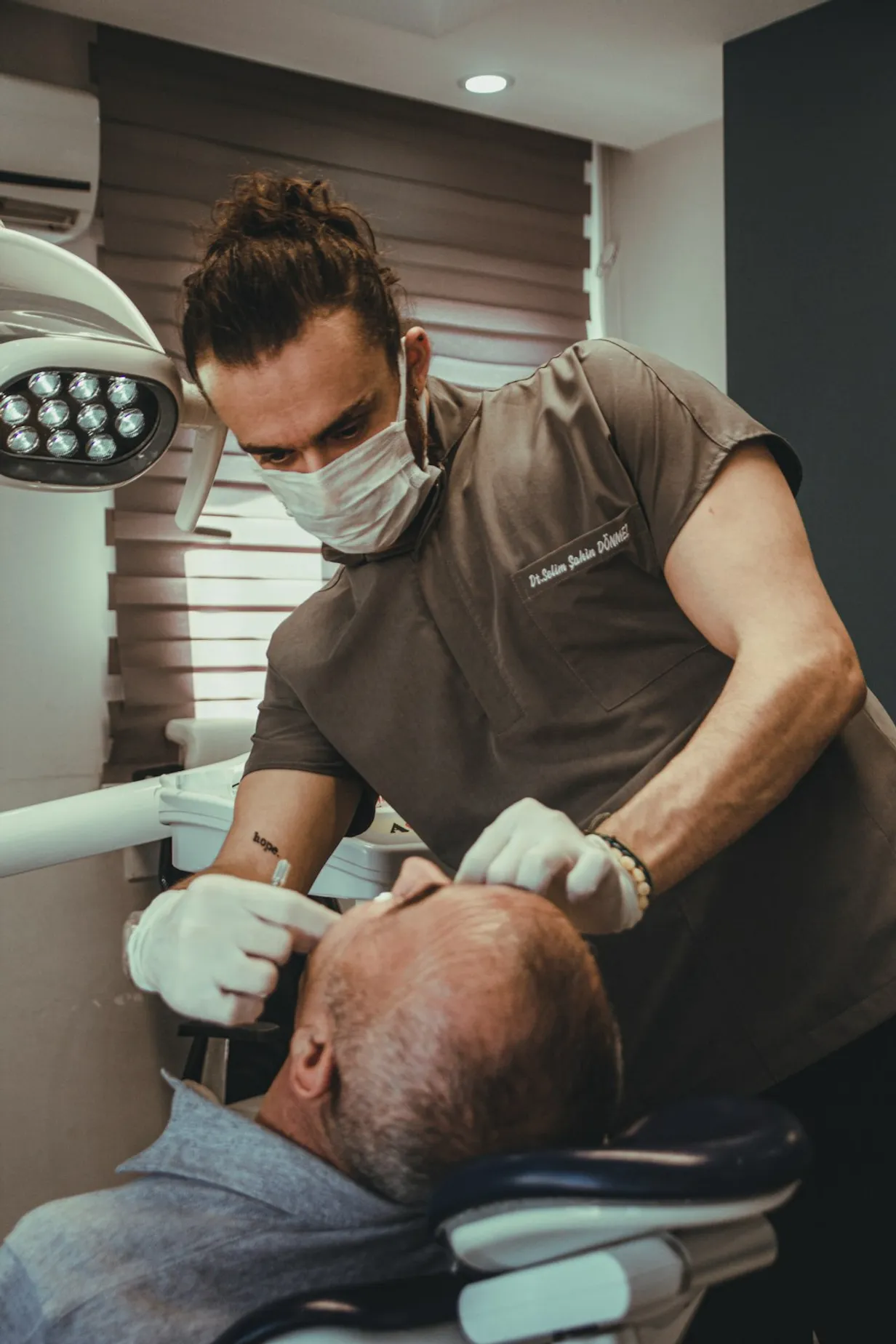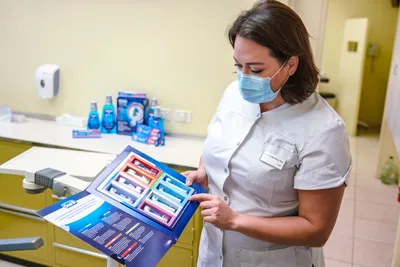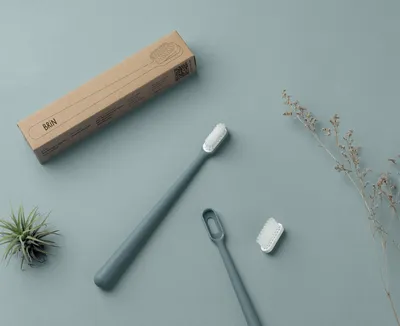
Understanding the Concept of Regenerative Medicine
Regenerative medicine is a rapidly evolving field focused on repairing and rebuilding human tissues and organs. In dentistry, this means harnessing the body's inherent healing capabilities to restore damaged teeth, gums, and bones.
Regenerative Techniques in Dental Care
Stem Cell Therapy
One of the most promising advancements is the use of stem cells in dental treatments. These cells have the ability to differentiate into various cell types, offering new pathways for tooth repair and regeneration.
Platelet-Rich Plasma (PRP)
PRP involves using a concentration of platelets to speed up healing. Common in oral surgery and periodontal therapy, PRP accelerates tissue repair, reducing recovery time for patients.
Innovative Applications in Dentistry
Tooth Regeneration
While conventional methods like fillings and crowns handle decay and damage, regenerative techniques aim to develop fully restored teeth. Research is ongoing to learn how to stimulate dental pulp and tooth growth directly.
Bone Regeneration
Losing a tooth often results in bone resorption. Regenerative approaches like bone grafting and bioengineered scaffolds encourage new bone formation, providing support for dental implants.
Benefits of Regenerative Treatments
This innovative approach presents numerous benefits, such as:
- Minimizing the need for invasive procedures.
- Enhancing the body's natural healing processes.
- Offering long-term and sustainable dental health solutions.
Challenges and The Future of Regenerative Dentistry
Despite its potential, regenerative dentistry faces challenges like ethical concerns regarding stem cells and the high cost of cutting-edge technologies. However, as research progresses, these treatments become more refined and accessible.
In conclusion, regenerative medicine stands at the forefront of dental innovation, promising to reshape the landscape of oral healthcare in Australia and beyond.
Top Dental Health Articles
Discover our most popular dental health articles, featuring expert advice that our readers rely on.



